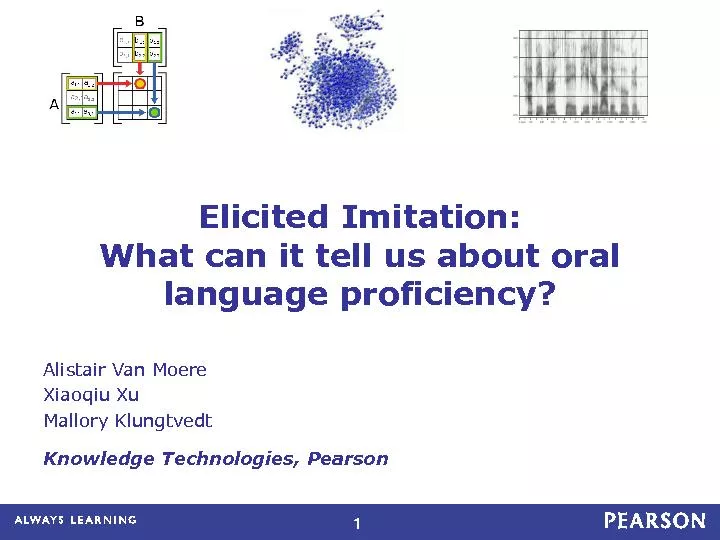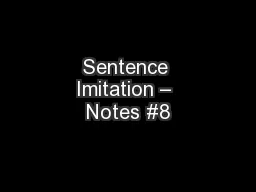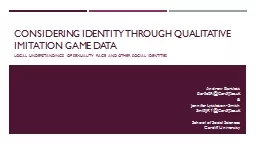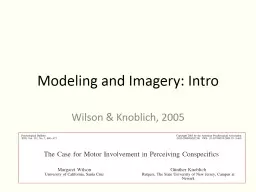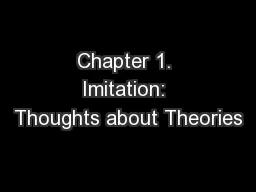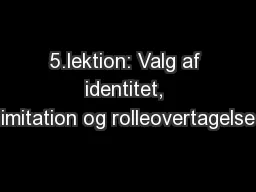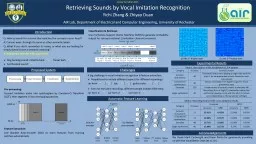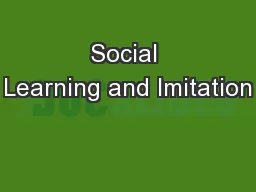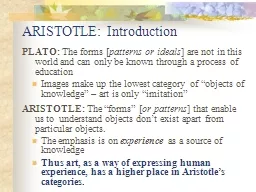PDF-Elicited Imitation:
Author : karlyn-bohler | Published Date : 2016-03-20
What can it tell us about oral language proficiency Alistair Van Moere Xiaoqiu Xu Mallory Klungtvedt Knowledge Technologies Pearson 1 Elicited Imitation x2022 Rationale x2022 Research
Presentation Embed Code
Download Presentation
Download Presentation The PPT/PDF document "Elicited Imitation:" is the property of its rightful owner. Permission is granted to download and print the materials on this website for personal, non-commercial use only, and to display it on your personal computer provided you do not modify the materials and that you retain all copyright notices contained in the materials. By downloading content from our website, you accept the terms of this agreement.
Elicited Imitation:: Transcript
Download Rules Of Document
"Elicited Imitation:"The content belongs to its owner. You may download and print it for personal use, without modification, and keep all copyright notices. By downloading, you agree to these terms.
Related Documents

